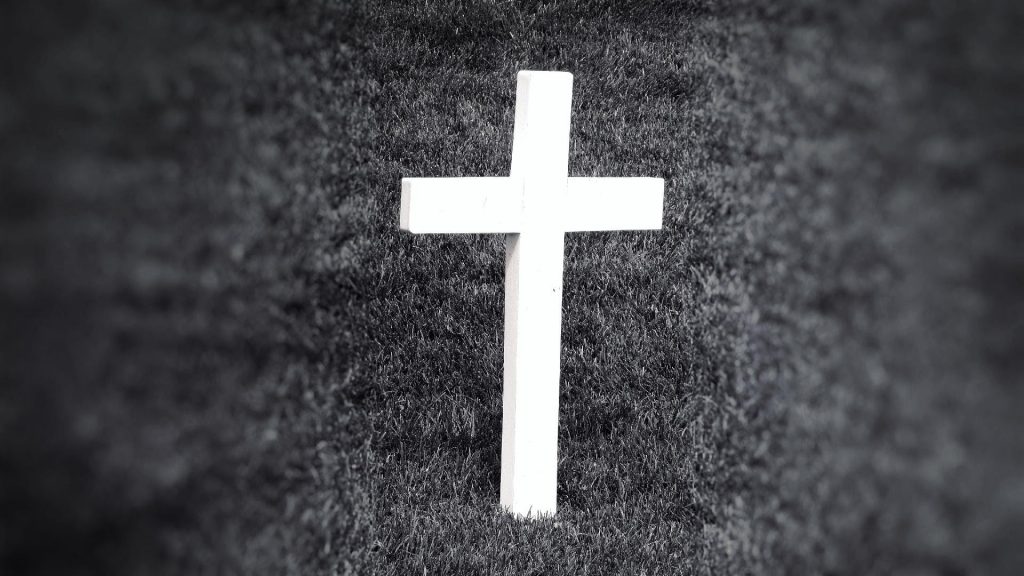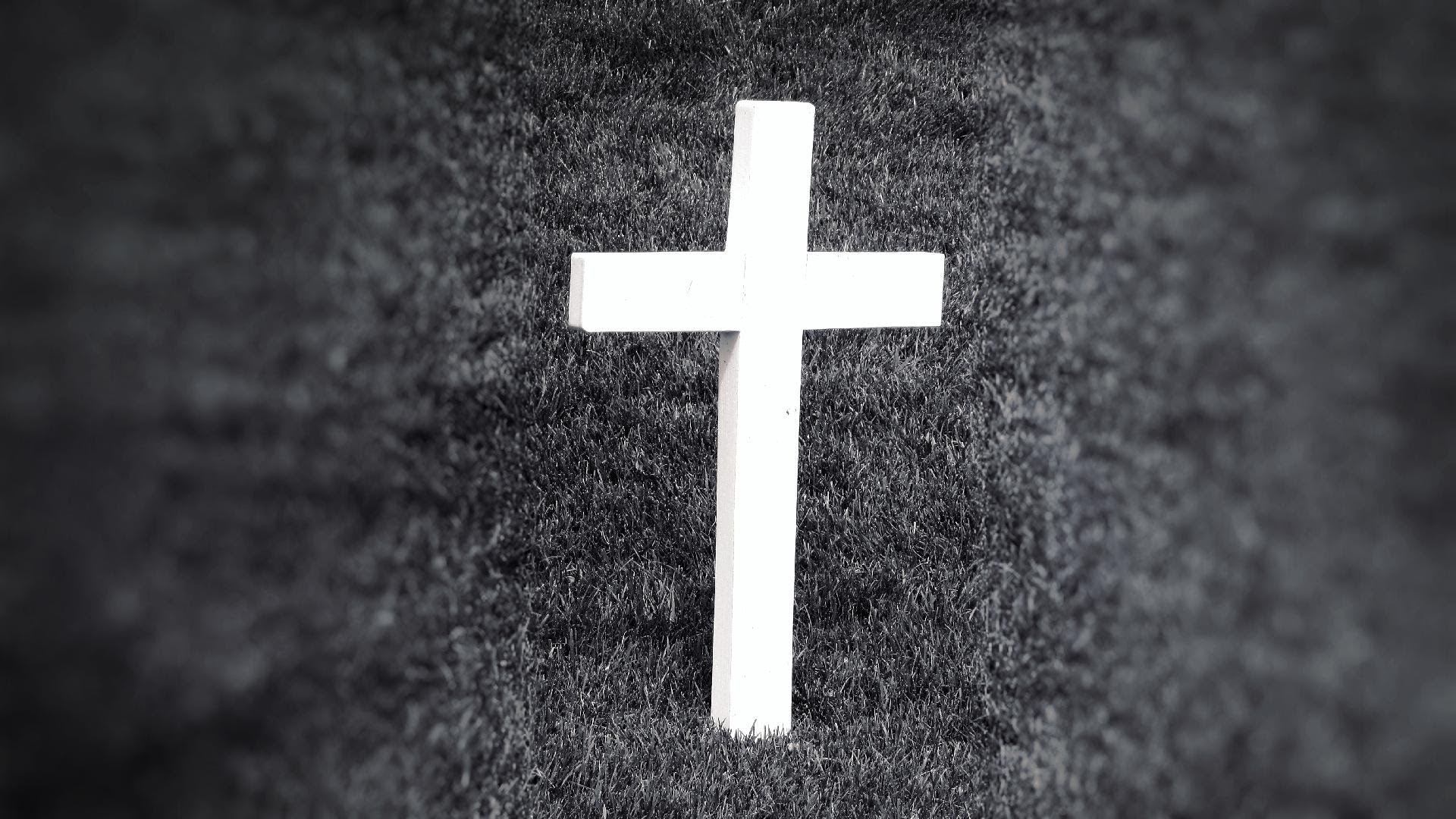
You know that empty container inside the back door where you throw your keys? And maybe also your sunglasses and earbuds and a hair-tie and some loose change and whatever else is in your hands or your pockets when you walk in the door? Chewing gum, Chapstick, an occasional stray dose of Dayquil—they all end up in that container for stray items. As the months of the year go by Lent becomes kind of like that empty container.
When it comes into my head that there’s a habit or practice in my life that I want to change in some way, some day, I throw it into the Lent bucket. The possibilities accumulate: I should drink less wine. I should take social media off my phone. I should pray at regular intervals throughout the day. I should try vegetarianism. Netflix, shopping in general, shopping on Amazon, French fries—the list of possible ways to self-improvement pile upon one another until the time comes to bring order to the clutter.
Lent has arrived, and I’m inclined to line up the detritus of my good intentions and select the one that will be “best” for me. But Lent isn’t meant to be a season of self-improvement. Not a diet plan. Not a 12-step program. It’s meant to be a season of preparation for Good Friday and Easter, for these three days that stand at the center of Christian faith, for this remembrance of Jesus’ death and resurrection from the dead.
So I assess the possibilities and ask myself—exactly what is it about giving up shopping that helps me get ready for Easter? What is it about not drinking wine that prepares me for the crucifixion?
Lent can certainly be the equivalent of a New Year’s resolution or another self-help strategy. But it also can be an opportunity to use these very small and seemingly superficial habits to help me see the world differently.
For me to “set my mind” and “set my heart” “above,” as Paul admonishes the Colossians, I almost always have to make a physical, bodily change. The way for me to turn my thoughts towards Christ is to turn my body that way, whether through acts of small self-denial like forgoing chocolate covered almonds with sea salt from Trader Joe’s or through setting a timer that reminds me it is time to close the computer and pray for five minutes.
In the past, I’ve used Lent to confront my habits of mindless consumption, whether that’s of food, wine, or material things. This year, I’m confronting my habits of forgetting who I am and who God is. My plan for Lent is to pray with intentionality three times a day—morning, noon, and night. By this I mean I’ll change my posture, whether by kneeling, closing my eyes, sitting upright and cross-legged, or getting out of my chair and lying supine on the floor. I’ll use my body to remind my mind and heart that we’re paying attention to the whispers of the Spirit all day long.
There’s nothing magical about this season, but it is an opportunity to use my body to train my heart and mind on the very good news that God is God and I am not, that God loves me, and that I am invited to live every day in that expansive, welcoming, humble love.
**I also want to recommend, for anyone who is ready and willing to learn more about the history of racial injustice and social division in our nation, “An American Lent,” a free prayer and devotional guide through this history available here.




This Post Has 2 Comments
Amy Julia,
As my grandchildren left to go to an Ash Wednesday service at their Anglican Church I felt unsettled re Lent. Thank you for this post. It spoke to me. I love your thoughts re prayer thru Lent. Helen Jamison
Pingback: Reflections on Martin Luther King Jr Day - Small Steps to Big Changes